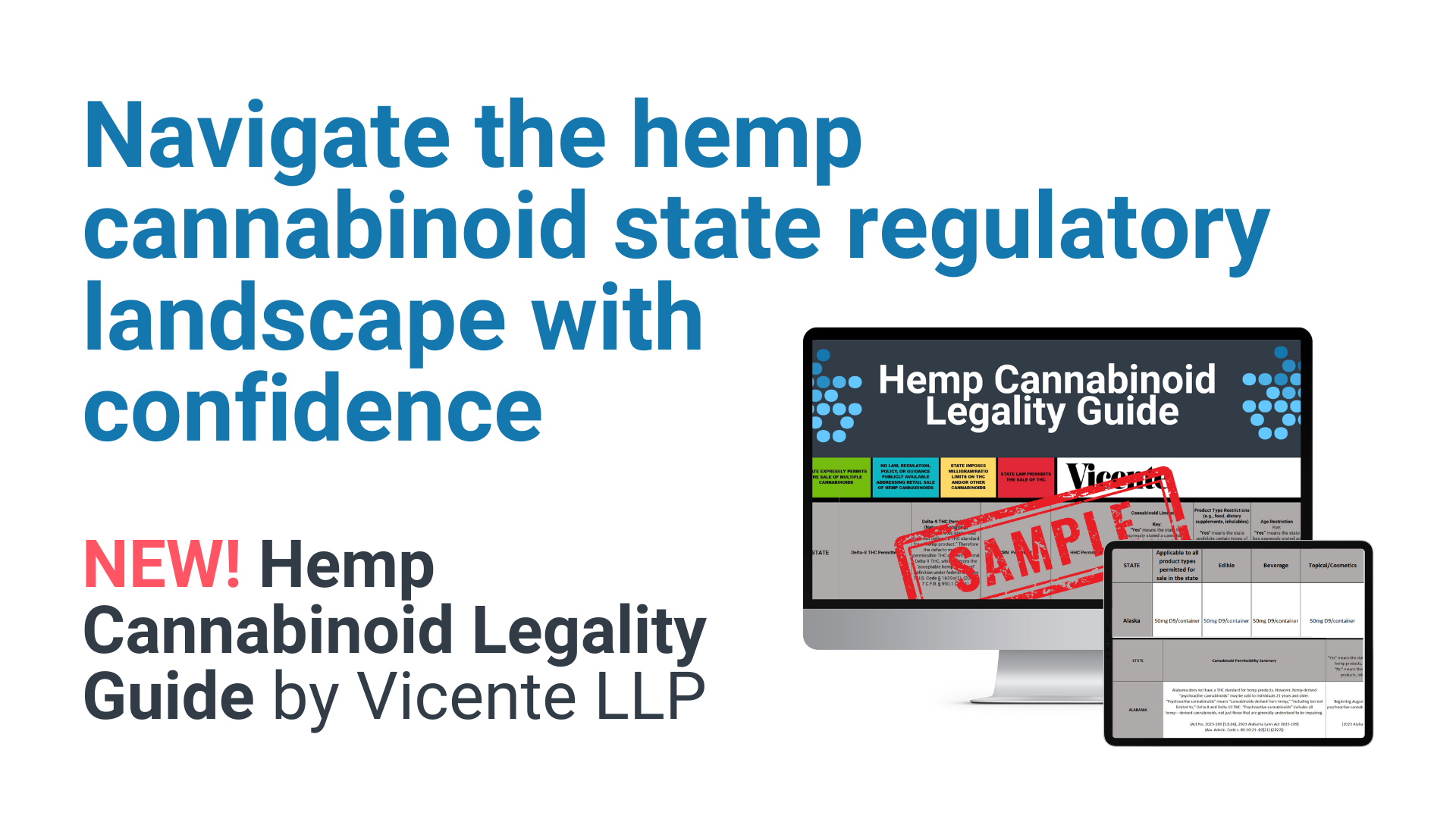New York's Proposed Sustainable Packaging Requirements: Is it Enough?
By Marc Ross
Jun 7, 2022
With the New York Cannabis Control Board's (CCB) recent release of draft regulations to address packaging, advertising, and testing labs, the CCB also included progressive requirements around the mandatory use of sustainable packaging. As part of the application process, license applicants will be required to submit an environmental sustainability program for cannabis product packaging.
Under the proposed regulations, licensees have multiple options for meeting these requirements. Options include:
-
Propose reuse strategies for collecting reusable cannabis packaging components to be sanitized and refilled or reused as cannabis packaging. The retail packages will need to be sanitized and disinfected either by a licensee or by a third party to ensure that they are in good condition and do not contain any harmful residue or contaminants
-
The licensee must outline a sustainable packaging strategy that uses non-plastic, compostable, or recyclable materials, or packaging materials that exceed 25% post-consumer recycled content
In addition, there are annual reporting requirements for licensees who package products for retail sale. The licensees must annually report key metrics, including but not limited to:
-
The total amount of packaging material—by weight—sold, offered for sale, or distributed into the state by the licensee in the prior calendar year
-
The total costs of packaging material
While New York's proposed cannabis packaging sustainability regulations propose a reasonably straightforward way to address a growing problem and black eye on the industry, there will be criticism. Not to mention the logistical challenges and legal pitfalls for operators to consider as they seek to comply.
The easiest way for operators to comply with the proposed regulations is to obtain packaging with at least 25% post-consumer material. Though fairly common in the wide world of packaging options, items made with post-consumer waste—while better than virgin materials—won't move the needle in reducing waste or moving us toward a circular economy that reduces our reliance on the more commonly-made, fossil fuel-derived plastic options. Since many small cannabis containers end up in landfills anyway, one could argue that if New York truly wanted to address the problem, they could require that products be made from more sustainable materials.
But going beyond the low hurdle of 25% post-consumer waste are the other alternatives contained in the draft regulations. The best option for a circular economy would be a take-back and reuse program that puts single-use plastics back into circulation over and over again. This option may be accessible for smaller, independent manufacturers and stores with relatively lower volumes. Short of significant investment or partnership with a larger waste management company, most larger operators will not take this "best option" approach.
That leaves the use of non-plastic, compostable or recyclable materials. Hemp paperboard is a good option for some items, but not practical for products that need longer shelf life. Operators who opt for "compostable" (note NOT "degradable") options, need to be aware that the proposed regulations also contain the provision specifically stating that," [c]laims about recyclable or recycled content packaging shall comply with 16 CFR Part 260 regarding Guides for the Use of Environmental Marketing Claims."
This is where things get tricky. Most operators will simply accept the word of their supplier that the packaging they are purchasing is compliant. However, most companies (including packaging companies) won't have the expertise—or desire—to go down the sustainability rabbit hole of what actually meets the federal guide. The rules about degradable and compostable claims are quite strict.
The New York proposed sustainable packaging rules are most certainly a step in the right direction, but as the old legal adage goes, "Caveat emptor" ("let the buyer beware"). By incorporating the federal guidelines for environmental claims, cannabis companies who opt for "easy answers" may be opening themselves up to potential greenwashing claims, legal liability, and reputational damage. The circular economy path is certainly not the easiest and may not be the least expensive—but this is the way to meet the spirit of the proposed regulations and limit a company's potential exposure.
If you have opinions about the sustainability requirements (or any permissions or prohibitions in the draft regulations), reach out to our New York team for help drafting and submitting a public comment.
Vicente Sederberg LLP will monitor the progression of these regulations. Don't hesitate to contact us if you have any questions.
Sign up to receive New York cannabis updates from VS.

